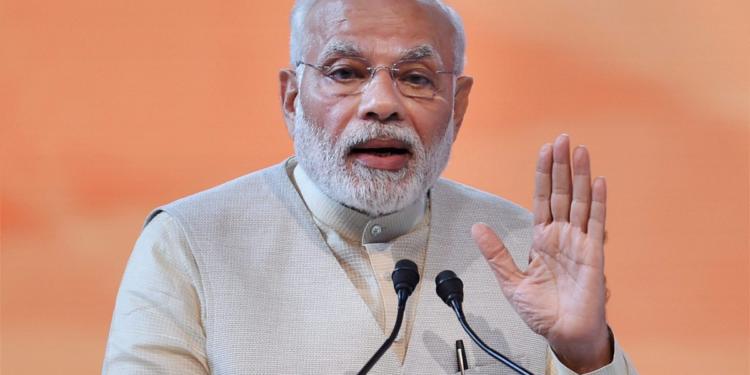This is the second year in a row when the government has crossed the disinvestment target. The government exceeded the disinvestment target by 5,000 crore rupees with the total disinvestment of 85,000 crore rupees. Modi government had set the disinvestment target at 80,000 crore rupees for the fiscal year 2018-19. Modi government exceeded the disinvestment target in the previous fiscal year too. The target for FY18 was 72,500 crore rupees while the disinvestment reached 1 lakh crore rupees. Department of Investment and Public Asset Management (DIPAM) has set the target of 90,000 crore rupees for the next fiscal year.
Power Finance Corp acquired 52.63 percent stake in Rural Electrification Corporation for 14,500 crore rupees. The fifth tranche Central Public Sector Enterprise Exchange Traded Fund (CPSE ETF) which tracks ONGC, NTPC, Coal India, IOC, Rural Electrification Corp, Power Finance Corp, Bharat Electronics, Oil India, NBCC India, NLC India and SJVNL was subscribed by 9,500 crore rupees. This brought 24,000 crore rupees in the government coffers in a day through disinvestment.
Central Public Sector Enterprises (CPSEs) have a very influential presence in the Indian economy today, almost three decades after economic liberalization. The Indian government has moved relatively slowly towards privatization, unlike former communist countries. Even companies like Air India, which had accumulated losses worth more than 50 thousand crore rupees, have not been privatized yet. There are a few sectors like banking where a small presence of the public sector is required but such a large number of losses making public sector companies is not required. The Modi government crossed its disinvestment target in 2017-18 and if the government gets another term, privatization of loss-making units will definitely take place. All that the government needs is another term to get rid of public sector companies that are losing taxpayer’s money.
Modi government after coming to power in May 2014, made it very clear that ‘government has no business to do business’. The government has realized most of its disinvestment targets in the last four years. In fact, in the year of 2017-18, the government exceeded its disinvestment target of 1 lakh crore and reached to 1, 00,056 crore. “If we see the disinvestment pattern over the last 15 years, then between 2004-05 to 2013-14, we could raise about Rs 1,07,000 crore. In 10 years, the average yearly collection was Rs 10,700 crore. However, from 2014-15 to 2017-18, this collection went up to Rs 2, 12,000 crore. These four years, outstripped the previous 10 years by twice as much, because new instruments were used. The instrument earlier used was strategic disinvestment, but we brought in a lot of other instruments,” said Atanu Chakraborty, secretary, Department of Investment and Public Asset Management (DIPAM).
Since the initial days of independence, India was a ‘confused economy’. The government kept the private players out from ‘big industries’ and operated with a monopoly. However, small industries were kept open to the private sector. After 1991, the country started economic liberalization and opened the big industries for the private sector. But capitalism was based on favoritism and government was more ‘pro businesses than being ‘pro-market’. Modi government is trying to make ‘New India’ a rule-based capitalist economy. The laws like Insolvency and Bankruptcy Code (IBC) are steps in this direction.































